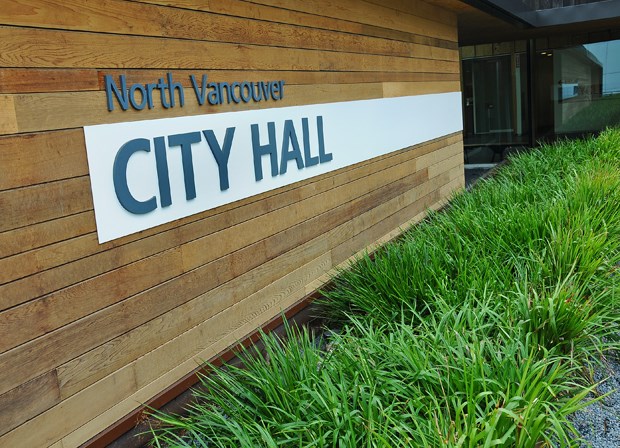Like a phoenix rising from the ashes, or perhaps more like a zombie rising from the grave depending on how you look at it, the City of North Vancouver's official community plan is back.
In one of its first serious debates of the new term, council voted 4-3 on Monday night to revive the high-level planning document and hold a new public hearing - albeit with some significant changes.
The CityShaping OCP has been caught in a legislative no-man's-land since it was voted down by the previous council in September 2014 after being in development for more than three years.
But unlike the version of the plan that went down to defeat, the one resurrected on Monday night includes a number of provisions that were stripped out by a deeply divided council last July. The draft OCP before council now will allow for single-family homeowners to add both a secondary suite in the main house as well as a coach house, though any new units still require the correct zoning and council's approval. The defeated version of the plan specifically prohibited that kind of combination of rental units. The plan also restores more potential development density in Moodyville. Though the document spans 128 pages and eight chapters dealing with land use, development, transportation, health and recreation, a disproportionate amount of debate was over how to redraw the neighbourhood in the wake of massive changes brought by the Low Level Road project and expansion of Richardson International's grain silos.
Under the latest iteration of the OCP, the south side of East Third street will allow for condos of up to four storeys, with medium density townhouses on the streets below. The failed version of the plan only foresaw low-density duplexes with potential for suites, which was favoured by residents above Third Street.
Coun. Pam Bookham urged council to pursue the less dense version of Moodyville, arguing that duplexes with suites provided a critical mid-market option for young families looking to upgrade from a condo. And, Bookham charged, the planned density increases have come on the assumption that Third Street will one day have rapid transit in the form of B-line buses, which may never come if voters don't approve new transit funding in the referendum coming in March.
But the majority on council, including Mayor Darrell Mussatto and Couns. Linda Buchanan, Holly Back and Craig Keating, found the higher density to be the better fit.
That position was bolstered by the unprecedented amount of public feedback that went into shaping the OCP - "probably at least 25 or 50 times more than the last OCP revision," Mussatto noted.
"This has been the most extensive public consultation that I've been involved in. We heard very clearly from the public," he said.
Keating agreed.
"This is the beginning of the end," he declared. "We can finally get this going and have a visionary document that indeed does give us the innovation, the opportunity to build a better community for everybody who lives here for decades to come."
Other differences between the two plans include the potential for slightly taller towers of up to 12 storeys on the 1500-block of Eastern Avenue and 200-block of East 15th and a special study into Site 8, which is largely a surface parking lot between Carrie Cates Court and West Esplanade. It could potentially go higher than the 75 feet currently allowed, at council's discretion.
Couns. Don Bell, Rod Clark and Bookham all voted against bringing the OCP forward.
The public hearing on the new-old plan will likely happen in early March.



